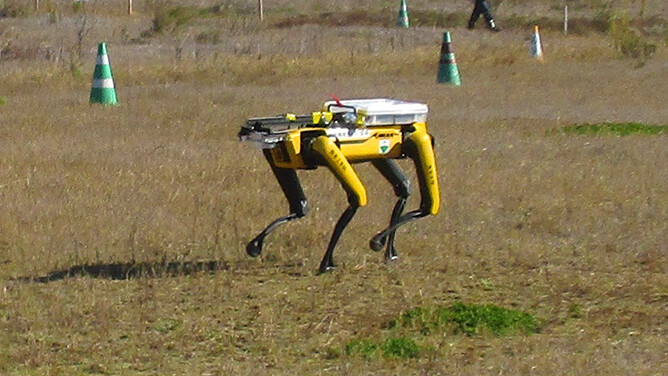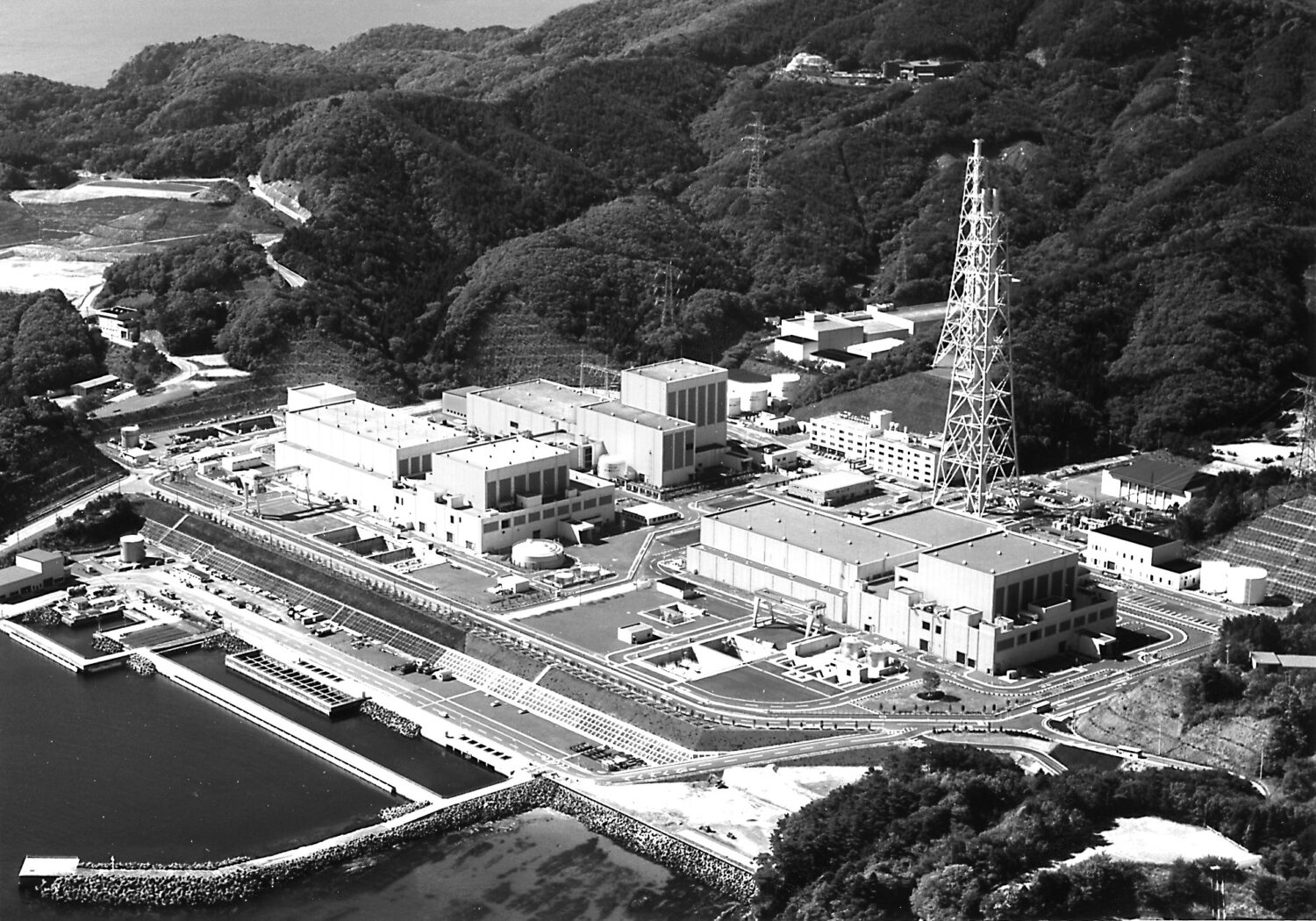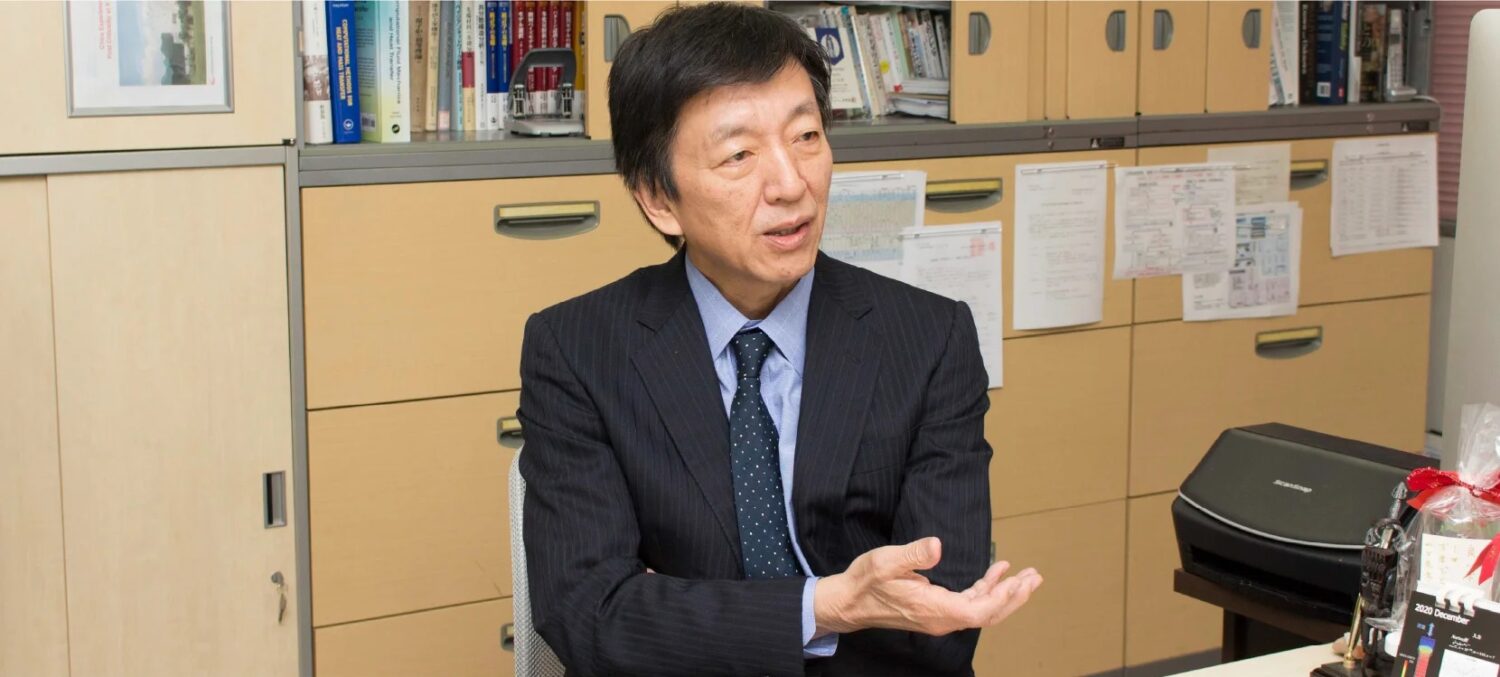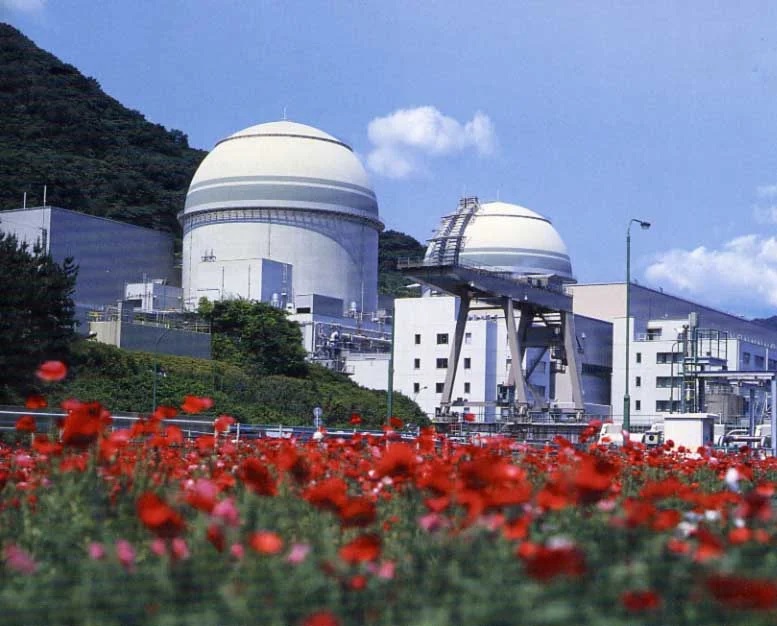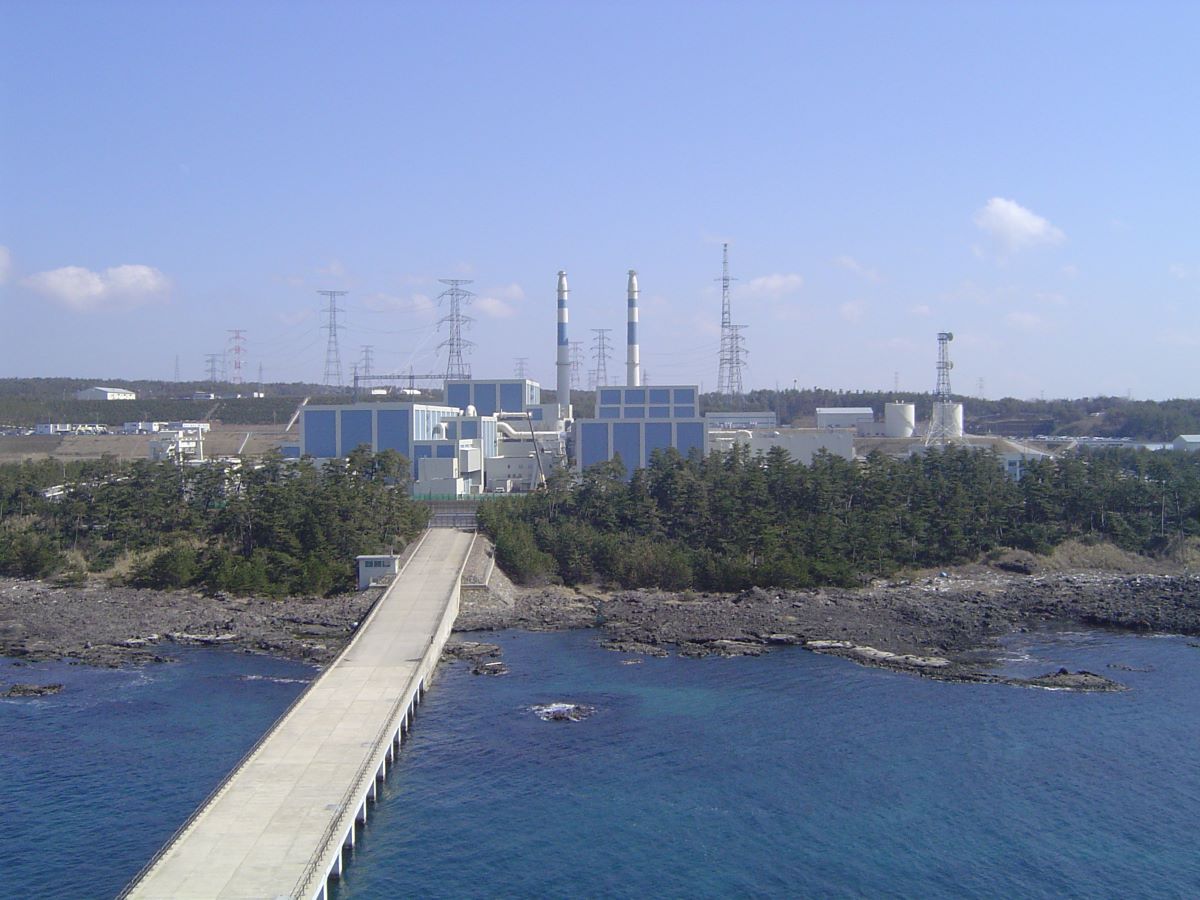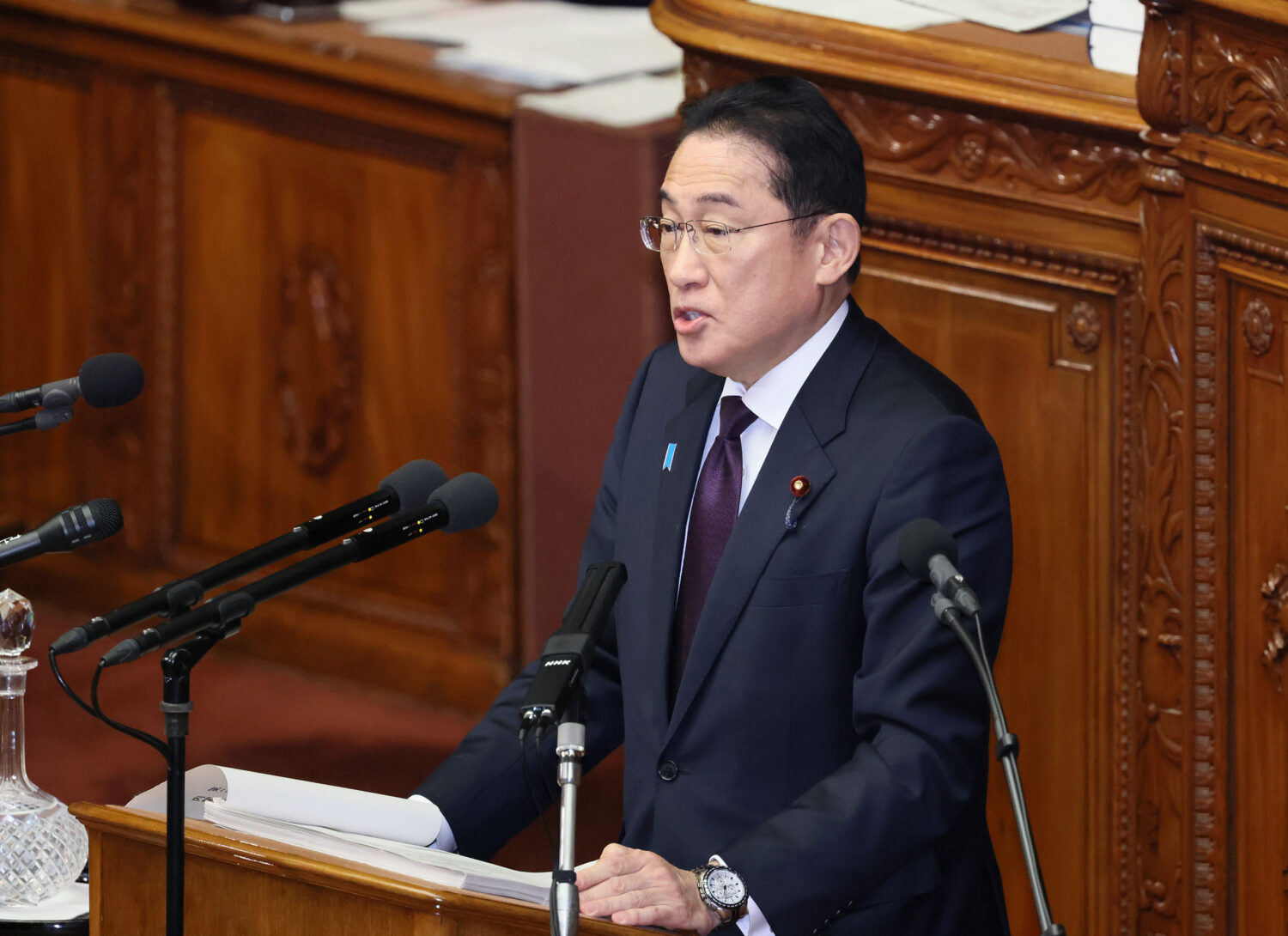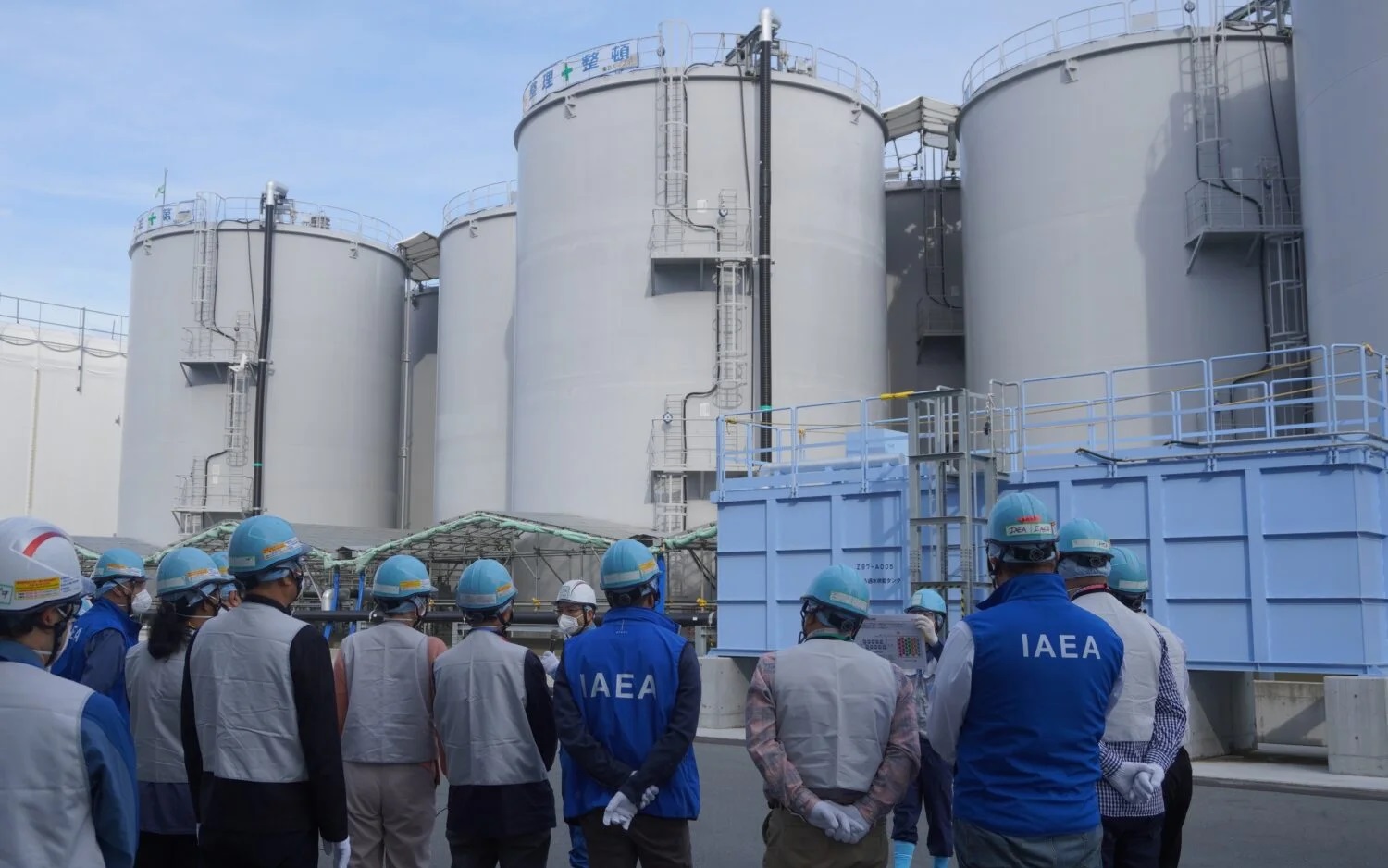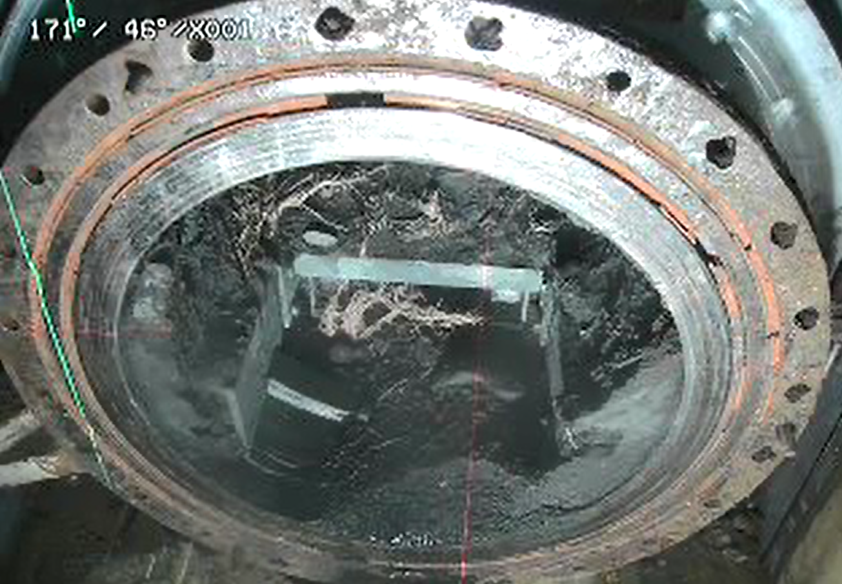Mitazono’s candidacy was backed by the Democratic Party (DP) and the Social Democratic Party (SPD), along with certain conservative elements critical of the former governor. As a candidate, he had argued the necessity to temporarily shut down the Sendai Nuclear Power Plants—Units 1 and 2 of which are the only commercial reactors currently operating in the entire country—on account of the devastating earthquakes that had struck the neighboring prefecture of Kumamoto in April. The Sendai NPPs are owned and operated by the Kyushu Electric Power Co., and is located in Satsuma-Sendai City in Kagoshima Prefecture. Anti-nuclear groups also supported his candidacy.
After the announcement of his victory on the night of July 10, Mitazono met the press at his election headquarters in Kagoshima City, where he proclaimed that his “top duty” was to “create a nuclear-free society,” adding that “we cannot afford to run NPPs without their safety being secured.” He went on to say, “Let’s just say that I would like another survey made of the active seismic faults. There’s also a problem of whether or not the evacuation routes are satisfactory as they are.” Also, he voiced his aspirations by saying, “I would like to generate jobs for Kagoshima by turning it into a prefecture of natural, renewable energy.”
As prefectural governors in Japan have no legal authority to stop NPP operation outright, there will not be a shutdown of Sendai-1 and -2 immediately after the new governor takes office. However, when the two units—due to begin periodic inspection in October or later—reach the stage of coming back on line, it will be difficult for Kyushu Electric to force through a resumption of their operation if the governor shows any reluctance therein. Moreover, as Mitazono has also argued for a review of evacuation plans for residents in case of accidents, more time will be needed for that process to be completed as well.
If Ikata-3, owned and operated by the Shikoku Electric Power Co., and located in Ehime Prefecture, goes back on line later this month as planned, then the temporary halt of the Sendai NPPs would not result in Japan’s being devoid of any operational nuclear reactors. Still, the chances of the government’s meeting its goal of expanding the nuclear share of the country’s power mix to 20% to 22% by fiscal 2030 would continue to be dim.
For a nuclear reactor to be restarted in Japan, not only must it pass safety tests by the Nuclear Regulation Authority (NRA) of Japan, but it must also effectively gain the consent of the siting communities, together with that of the siting prefecture. When Sendai-1 and -2 were restarted last year, the then-Governor Ito and other local leaders had given their approval.
The ruling Liberal Democratic Party (LDP) of Japan made a pledge in the Upper House election, held on the same day as the Kagoshima gubernatorial election, to “work toward the restart of NPPs, with the understanding and cooperation of related parties, including siting communities,” thereby displaying an attitude emphasizing local consent. Mitazono’s election represents a misjudgment on the part of the government and the ruling parties, which have adopted a policy of steadily restarting the country’s NPPs. The situation thus remains unchanged wherein the schedule for reactor restarts in Japan is dependent on factors independent of the NRA’s assessments, including several judicial rulings ordering injunctions against the resumption of their operation.



